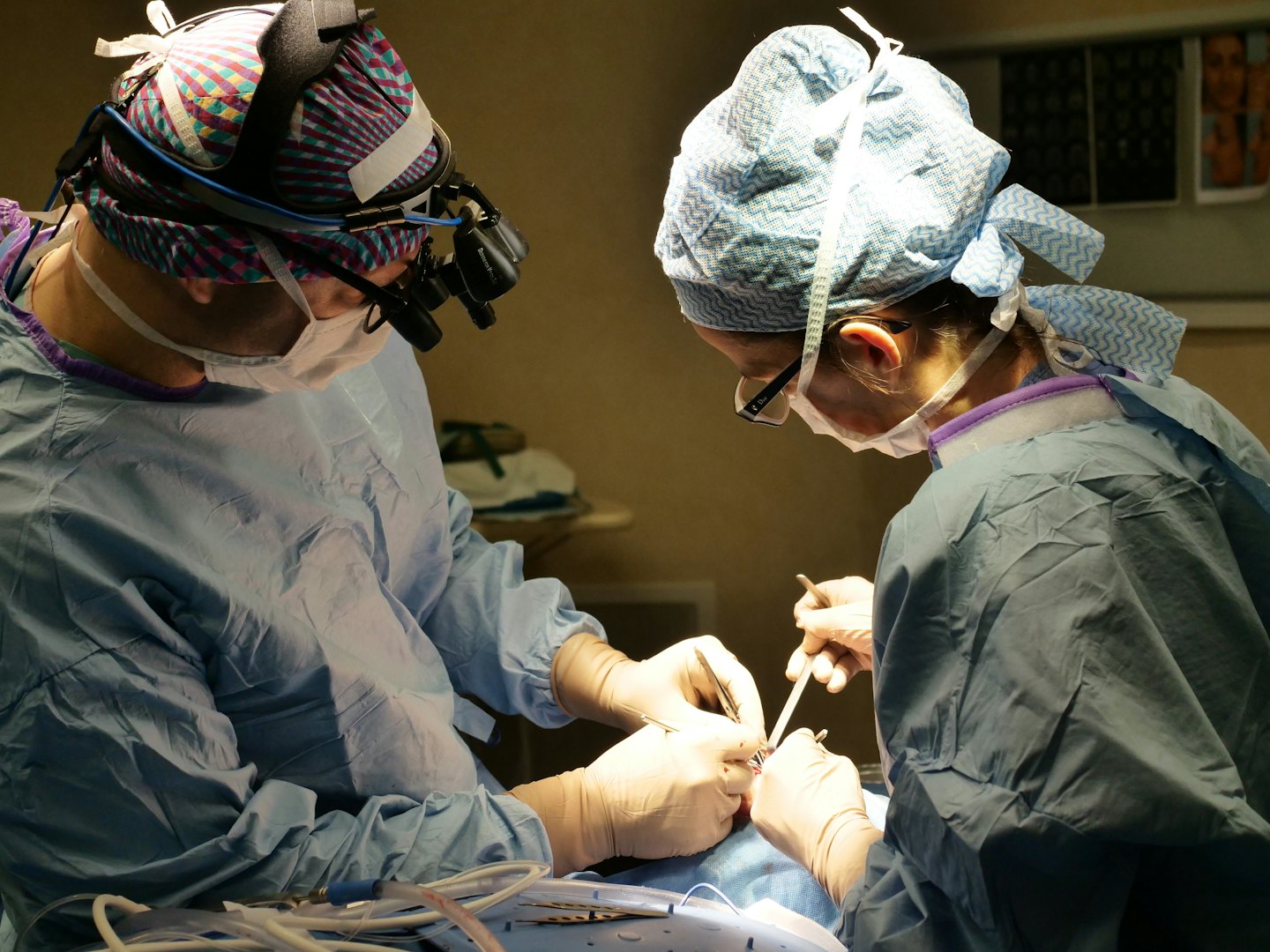Overactive Bladder Care at Southland Urology
An overactive bladder (OAB) is a common condition characterized by the sudden, strong urge to urinate, often leading to involuntary urine leakage. This urge can be difficult to control and may be accompanied by frequent urination, both during the day and at night. While it is more common in older adults, OAB is not a normal part of aging and can significantly impact a person’s quality of life.

Advanced Treatments
Our expert surgeons use non-surgical and surgical management options.

Personalized Plans
We tailor your care to your unique diagnosis for optimal health and recovery.

Comprehensive Diagnostics
Accurate testing and evaluation.
Understanding Overactive Bladder
Learn about our tailored approach to diagnosing and treating overactive bladder with compassionate support every step of the way.
Initial Consultation and Diagnosis
Meet with our board-certified urologists to assess your condition through thorough exams and advanced diagnostic tests.
Personalized Treatment Planning
Work closely with our specialists to develop a treatment strategy that fits your specific issue and goals.
Ongoing Care and Support
Receive expert follow-up care, monitoring, and support to ensure the best possible outcomes throughout your recovery.
Understanding Overactive Bladder
Overactive bladder is a clinical diagnosis defined by a collection of urinary symptoms, most notably urinary urgency. This is a sudden, compelling need to urinate that is difficult to postpone. OAB is distinct from urinary incontinence, which is a broader term for any involuntary leakage of urine. However, OAB often involves what is known as urge incontinence, where the strong urge to urinate leads to a leak. The condition results from involuntary contractions of the bladder muscle, which sends a signal to the brain that the bladder is full, even when it is not.
Causes and Risk Factors
The exact cause of overactive bladder is not always clear, but it is often linked to a number of factors. These can include neurological disorders such as stroke, Parkinson’s disease, or multiple sclerosis, which can disrupt the nerve signals between the brain and the bladder. Other causes include an enlarged prostate in men, which can obstruct urine flow and irritate the bladder, or urinary tract infections. Lifestyle factors, such as excessive consumption of caffeine or alcohol, can also irritate the bladder and worsen symptoms. The condition can also be a side effect of certain medications.
Diagnosis
Diagnosing OAB begins with a thorough medical history and physical examination. A doctor will typically ask about the frequency and timing of your urinary symptoms and may ask you to keep a urinary diary to track urination and leakage episodes. Other diagnostic tests may include a urinalysis to rule out an infection or the presence of blood in the urine, and a bladder ultrasound to measure the amount of urine left in the bladder after you urinate (post-void residual). In some cases, a more advanced test called a urodynamic study may be performed to measure bladder pressure and muscle function.
Non-Surgical Treatment Options
The first line of treatment for overactive bladder is often a combination of lifestyle changes and behavioral therapies. Bladder training involves a schedule of timed urination to gradually increase the interval between bathroom visits. Pelvic floor exercises, also known as Kegel exercises, can help strengthen the muscles that control urination. Reducing consumption of bladder irritants like caffeine, alcohol, and spicy foods is also recommended. In addition, medications, such as anticholinergics and beta-3 agonists, are available to help relax the bladder muscles and reduce the frequency of contractions.
Surgical and Minimally Invasive Options
When non-surgical treatments are not effective, or for more severe cases of OAB, surgical or minimally invasive procedures may be considered. Botox injections into the bladder muscle can paralyze the nerves that cause the bladder to contract, providing relief for several months. Sacral neuromodulation involves implanting a small device near the sacral nerves that regulate bladder function. This device sends gentle electrical impulses to the nerves, helping to normalize their communication with the brain. For more extreme cases, though rare, procedures such as augmentation cystoplasty to increase bladder capacity, or urinary diversion to reroute urine flow, may be performed.

Schedule Your Consultation Today
Take the first step toward personalized overactive bladder care with our expert team.
